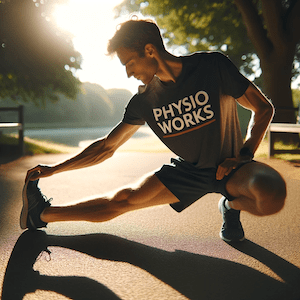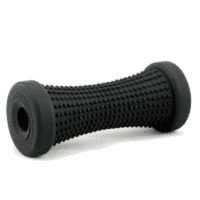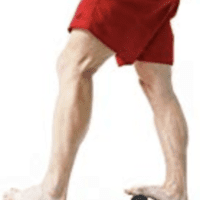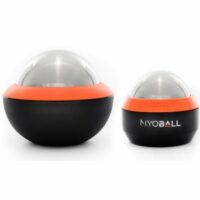Flexibility: Stretching Exercises
Article by John Miller


Flexibility Through Stretching: Your Complete Guide
Mastering the Art of Stretching for Enhanced Muscle Flexibility
Introduction
Flexibility is key for overall health and athletic performance. It’s influenced by muscle length and tension, which can be optimised through stretching exercises. Whether due to exercise, posture, ageing, or disuse, muscles tend to shorten, but stretching can counteract this.

The Importance of Flexibility
Flexible muscles are less prone to injury and can achieve a fuller range of motion. Recent studies suggest that stretching, particularly dynamic styles, is essential not just for flexibility but also for preventing injuries during physical activities.
Effective Stretching Techniques
To gain maximum benefits from stretching, it’s crucial to understand the proper techniques. Stretching should be performed on warm muscles to avoid injury. The approach varies depending on whether you’re preparing for exercise, cooling down, or rehabilitating.
Pre-Exercise Stretching for Flexibility
Warm up your muscles as you would a car engine. Begin with a light jog, followed by static stretches for 20-30 seconds, and conclude with dynamic stretches that mimic your activity’s demands.
Read more: Warming Up
Post-Exercise Stretching
After your workout, focus on static stretches to restore muscle length. This 5-10 minute routine aids in recovery and prepares the muscles for future activities, contributing significantly to overall flexibility.
Read more: Post-Exercise Recovery Tips
Targeted Stretching for Rehabilitation
For specific muscle issues, follow a stretching routine prescribed by your physiotherapist. A warm-up is crucial before these stretches to prepare the muscles.
Different Stretching Styles
- Static Stretching: Ideal for safety and effectiveness.
- Dynamic Stretching: Best for pre-exercise warm-ups.
- PNF Stretching: Combines stretching and contracting for deep muscle therapy.
Conclusion
Stretching is a versatile tool for maintaining and improving flexibility. For personalised advice, consult a physiotherapist.
What to Do?
Visit your physiotherapist for a customised stretching routine to enhance your flexibility.
Related Articles:
Rochedale - Call 38410277
Book Online: RochedaleSalisbury - Call 32751044
Book Online: SalisburySandgate - Call 32691122
Book Online: SandgateArticle by John Miller
Does Warming Up Unlock Performance?


Starting your fitness routine with a thorough warm-up is crucial. It enhances flexibility, betters performance, and reduces the likelihood of injuries. Far from being an optional extra, it's a fundamental aspect of any effective exercise regimen.
Stretching: An Approach to Injury Prevention
Research from the British Medical Journal highlights the selective benefits of stretching. It's not a catch-all for injury prevention but it plays a significant role in warding off soft tissue injuries common in both elite sports and recreational activities. A strategic warm-up can notably decrease the risk of sustaining muscle, ligament, and tendon injuries.
The Joy of Exercise: Minimising Post-Workout Soreness
One of the unsung benefits of warming up is its ability to reduce post-exercise soreness. This reduction in discomfort contributes to a more enjoyable and consistent exercise routine, encouraging long-term fitness and health.
Dynamics of an Effective Warm-Up
Effective warming up is a dynamic process. It's about progressively preparing your body for the session ahead. A graduated series of exercises that mimic the upcoming activity can significantly minimise injury risks and elevate your readiness for peak performance.
Tailored Warm-Up for Tailored Needs
The personalisation of your warm-up routine can't be overstated. Each sport and activity demands specific preparations, and this is where professional input from a physiotherapist becomes invaluable. A targeted warm-up plan can enhance the efficacy of your routine and ensure it's perfectly aligned with your physical requirements.
Conclusion: The Essential Prelude to Peak Performance
In conclusion, warming up is not just a preliminary step; it's an essential prelude to any physical activity. It sets the tone for a safer, more efficient workout or sporting session, ensuring that your body is primed and ready to take on the challenges ahead. By adopting a comprehensive warm-up routine, you're investing in your body's ability to perform optimally and recover swiftly. Remember, the time spent warming up is never wasted; it's an investment in your health, performance, and longevity in your chosen physical pursuits. So, embrace the warm-up as an integral part of your exercise ritual, and step into your workouts with confidence and the assurance that you are well-prepared to perform at your best.
















